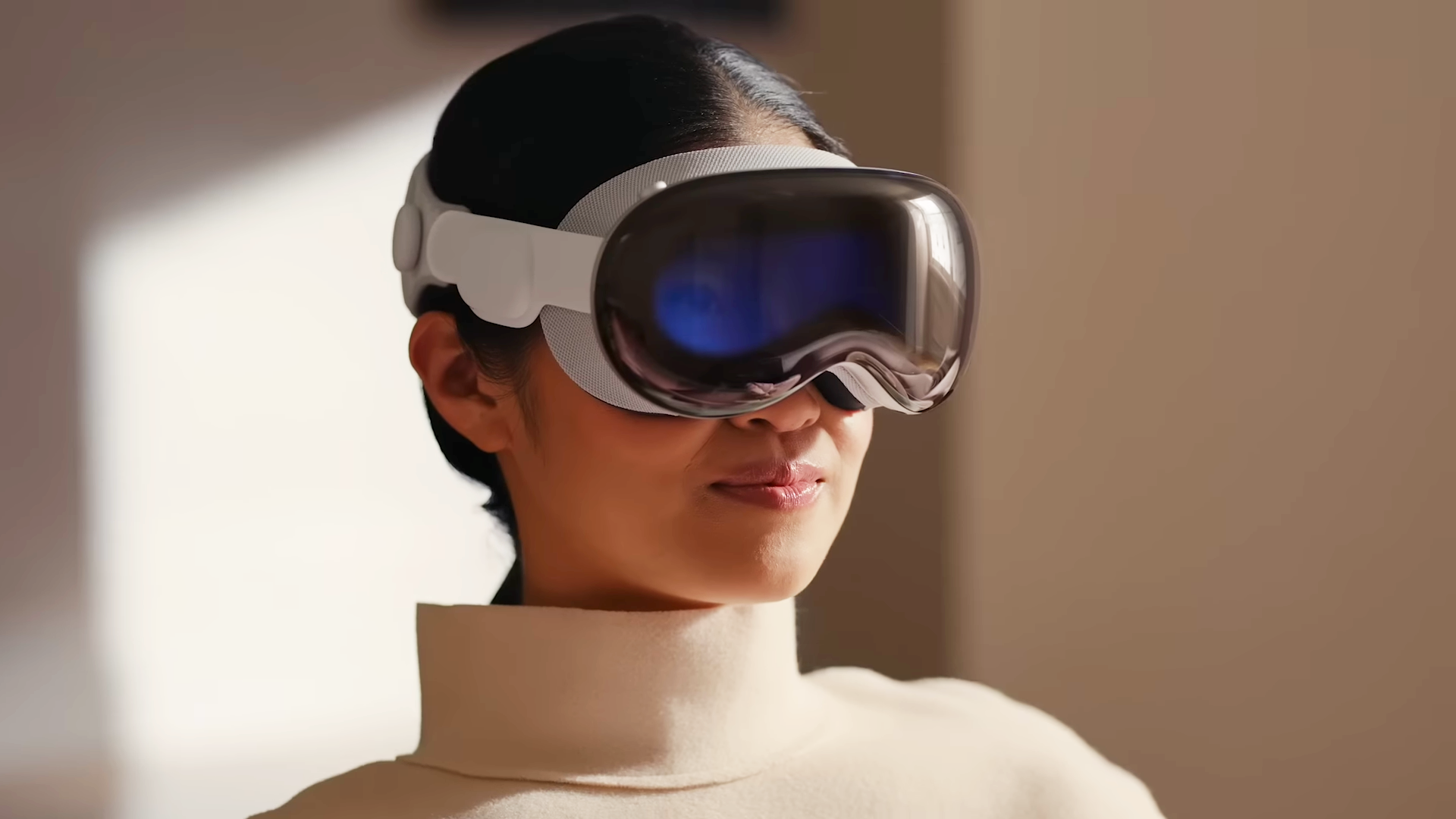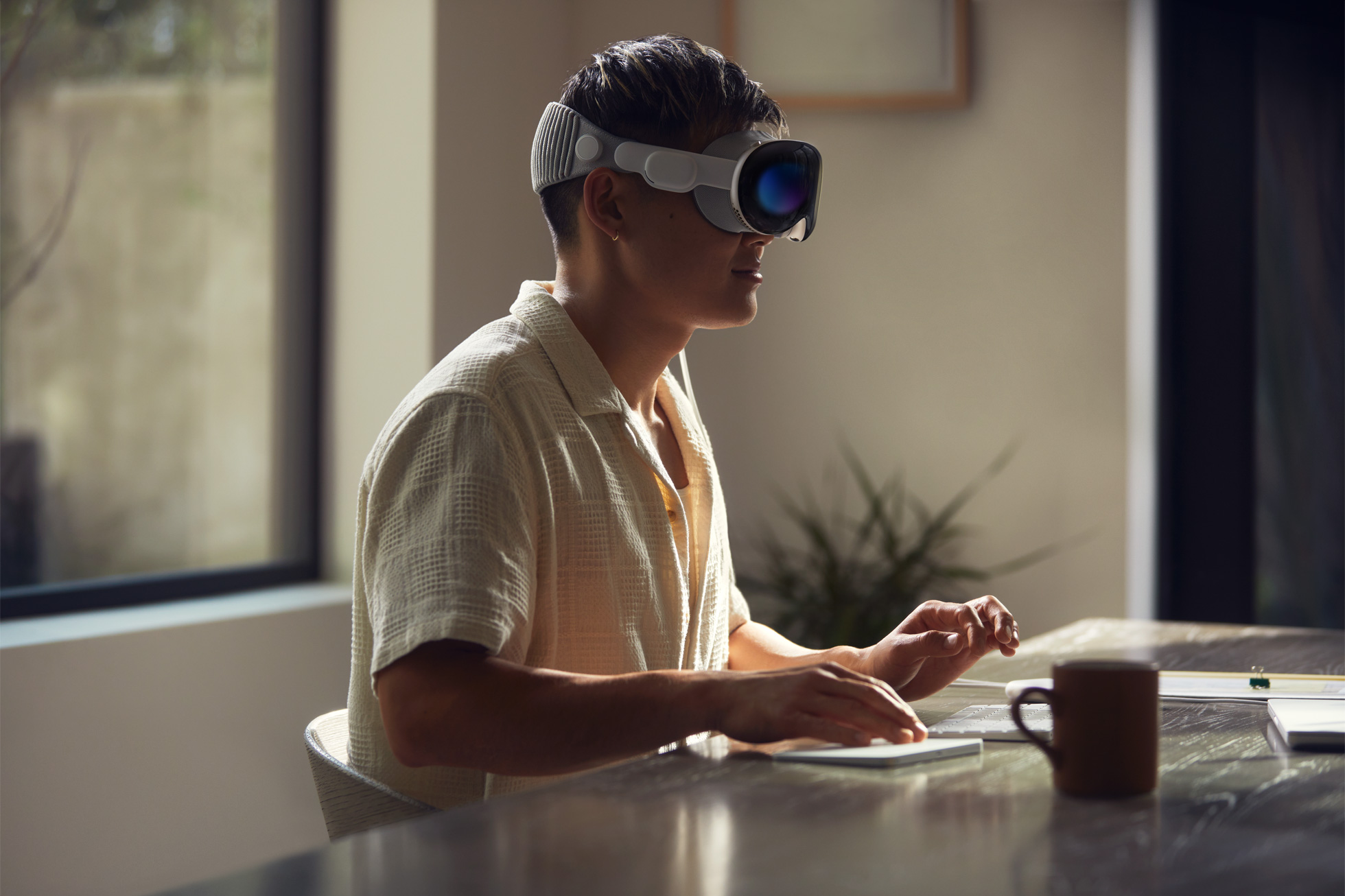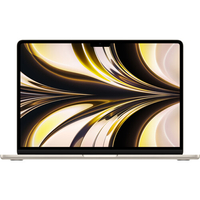A thinner, lighter Vision Pro may be on the way — but with one huge drawback
Apple's next headset could solve one major issue, but at what cost?

Apple's next mixed reality headset could arrive soon, but with one major design change that could drag it down — literally.
It's been over a year since the Apple Vision Pro launched in February 2024, although it has struggled to find success since then, largely due to its sky-high price.
Now, Apple may be gearing up to launch a pair of new headsets with some changes that could resolve the common complaints users had with the original Vision Pro, according to a report from Bloomberg.
There's just one problem, however — one of those design changes could be a huge drawback, especially if you don't have a MacBook.
See also: Best Apple deals in April 2025
The next Apple Vision Pro could arrive soon — with one huge change
Bloomberg's Mark Gurman reported on Sunday that Apple is preparing to launch two new headsets as a follow-up to the original Vision Pro released last year.
These new headsets will offer the same core features as the Vision Pro but, ideally, resolve a couple of critical issues users had: price and comfort.
Stay in the know with Laptop Mag
Get our in-depth reviews, helpful tips, great deals, and the biggest news stories delivered to your inbox.
The original Vision Pro launched at $3,500, making it one of the most expensive headsets on the market (roughly ten times the price of a Meta Quest headset).
Since that price was a big reason many people skipped the Vision Pro, Apple will likely try to reduce the price of both of the new headsets. Unfortunately, the constantly-shifting situation with Trump administration tariffs may end up making the new headsets just as expensive as the original, which was manufactured mainly in China.
Snag a MacBook Air for less than $800!
The M2 MacBook Air is a great buy for students and users on a budget, delivering all the performance you need for everyday tasks like studying, web browsing, word processing, and streaming your favorite shows and movies.
While the price is challenging to predict, Gurman shared some hints about the design, which could feature a huge change.
The original Vision Pro was criticized for being too heavy, so both of the new models will likely weigh significantly less. At least one of the new headsets will accomplish that by being tethered to a MacBook, which would allow Apple to put less computing hardware in the headset itself, reducing the weight.
This headset would work a bit like the Mac-tethered AR glasses Apple reportedly scrapped earlier this year. It would need to be connected to a Mac to function, acting as more of an extension to your Mac and less of a distinct device itself. For some, that design might be a huge turn-off, but there are some positives and negatives to it.
The pros and cons of an Apple Vision Pro tethered to your MacBook

At first glance, a Vision Pro that needs to constantly be wired to a MacBook sounds a bit clunky to me. However, there are admittedly some potential upsides to this design, which is effectively a return to older VR headsets that needed to be tethered to gaming PCs.
One positive is reduced latency. Since the headset would be connected directly to your Mac, it would be able to load and display content from your Mac more quickly than through a wireless connection like on the Vision Pro.
Another obvious positive is reduced weight. It's absolutely critical for Apple to cut down the weight of its next-gen headsets, and if that means requiring a wired connection a Mac, that could be a worthy trade-off, especially if the price goes down, too.
It's also possible a tethered connection could lead to better battery life, but that's still up in the air. The wired connection could mean the headset will draw power from your MacBook, but it might also need its own dedicated battery pack like the original Vision Pro.
Ideally, that won't be the case, though. A MacBook would likely be able to offer better battery life than the pocket-sized battery packs Apple's original headset uses.
Of course, the downside to all this is less mobility and flexibility. Since the headset needs a wired connection to a MacBook, it will be harder to walk around with it on and could effectively make the headset more of an accessory since it won't really be functional without a Mac.
Either way, it looks like Apple hasn't given up on the Vision Pro quite yet, though it still has a lot of progress to make when it comes to making a headset that people can actually afford.
More from Laptop Mag

Stevie Bonifield is a freelance tech journalist who has written for PC Gamer, Tom's Guide, and Laptop Mag on everything from gaming to smartwatches. Outside of writing, Stevie loves indie games, TTRPGs, and building way too many custom keyboards.
You must confirm your public display name before commenting
Please logout and then login again, you will then be prompted to enter your display name.

